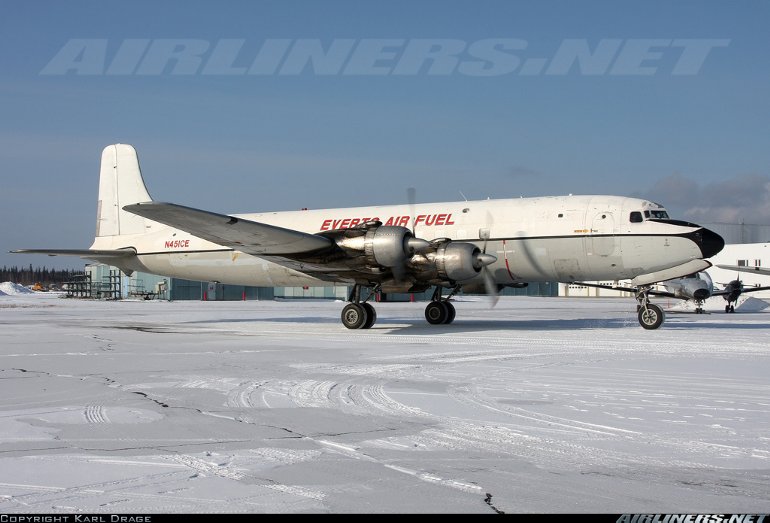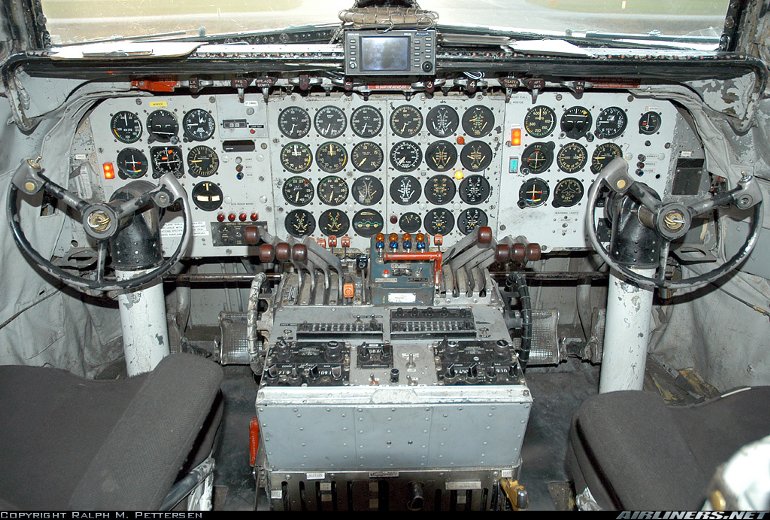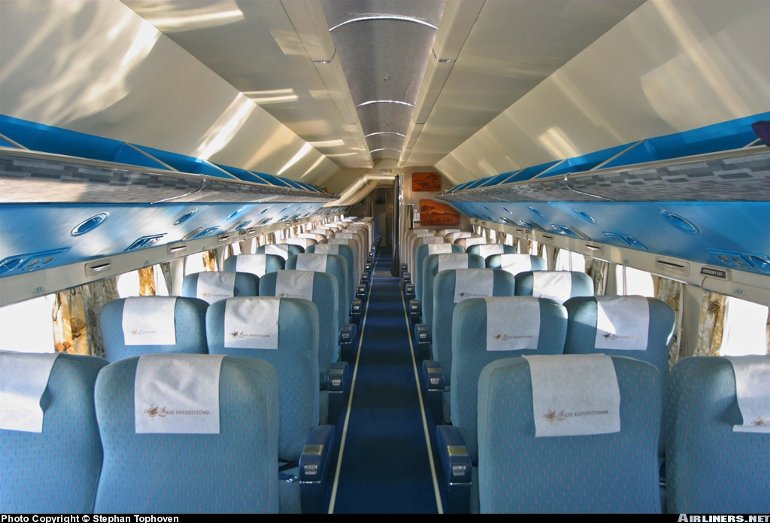Aircraft Technical Data
Douglas DC-6



| Details | |
| Country of Origin | United States of America |
| Type | Piston engined airliner and freighter |
| History | While the DC-3's and DC-4's civilian careers were interrupted by WW2, the opposite applies to the DC-6, which started off in response to a military airlift requirement, and went on to become Douglas' most successful four engined piston airliner. During the latter stages of WW2 Douglas began work on a developed DC-4 for postwar commercial use. However the improved DC-4 (which would feature a 2.11m/6ft 11in fuselage stretch and P&W R-2800 Double Wasp engines) soon attracted the attention of the US Army Air Force, which devised a requirement which the new transport was developed against. A prototype was built, designated XC-112, but it did not fly until February 15 1946, by which time the war was over and the military requirement no longer stood. Instead Douglas continued development of the type as a long range airliner, resulting in the DC-6. The XC-112 served as the prototype for the DC-6 program. US airlines had already shown strong interest in the new transport, with launch orders for the DC-6 placed in September 1944. The first production DC-6 first flew in June 1946 and service entry, with United Air Lines, occurred on April 27 1947. However early service was not smooth with the fleet grounded for four months from November that year after two internal fuselage fires in flight, one being fatal, caused by fuel venting entering the cabin heater ram air intake. The availability of the more powerful R-2800 engines with water/methanol injection prompted Douglas to develop the further stretched DC-6A Liftmaster freighter (first flight September 29 1949) and the equivalent passenger DC-6B (first flight February 2 1951). The DC-6C, the last DC-6 model to be developed, was a convertible passenger/freight version of the DC-6A. Meanwhile renewed military interest in the DC-6 was sparked by the Korean War, with the result that large numbers of USAF C-118s and USN R6D-1s were built. Many of these were later sold to civilian operators. |
| Powerplants | DC-6 - Four 1340kW (1800hp) Pratt & Whitney Double Wasp R-2800-CA15 18 cylinder twin row radial piston engines (with a maximum output rating of 1790kW (2400hp) with water injection) driving three blade constant speed Hamilton Standard propellers. DC-6B - Four 1685kW (2500hp) R-2800-CB17s. |
| Performance | DC-6 - Cruising speed 501km/h (270kt). Initial rate of climb 1070ft/min. Max range 7376km (3983nm). DC-6B - Cruising speed 507km/h (274kt). Service ceiling 25,000ft. Range with max payload 4835km (2610nm), range with max fuel 7595km (4100nm). |
| Weights | DC-6 - Empty 23,840kg (52,567lb), max takeoff 44,129kg (97,200lb). DC-6B - Empty 25,110kg (55,357lb), max takeoff 48,534kg (107,000lb). |
| Dimensions | DC-6 - Wing span 35.81m (117ft 6in), length 30.66m (100ft 7in), height 8.66m (28ft 5in). Wing area 135.9m2 (1463sq ft). DC-6B - Same except length 32.18m (105ft 7in). |
| Capacity | DC-6 - Flightcrew of three or four. Passenger accommodation typically for between 48 to 56, but most aircraft now usually equipped to carry freight. DC-6B - Typical passenger seating for 54, with max seating for 102, but now usually configured for freight. |
| Production | Total DC-6 production of 665, comprising 174 DC-6s, 73 DC-6As, 288 DC-6Bs, 105 C-118s and 25 R6Ds. Approximately 100 remained in service in 2003. |
| Related Links | Douglas DC-6 |
The backbone of this section is from the The International Directory of Civil Aircraft by Gerard Frawley and used with permission. To get your own copy of the book click here. |
|








